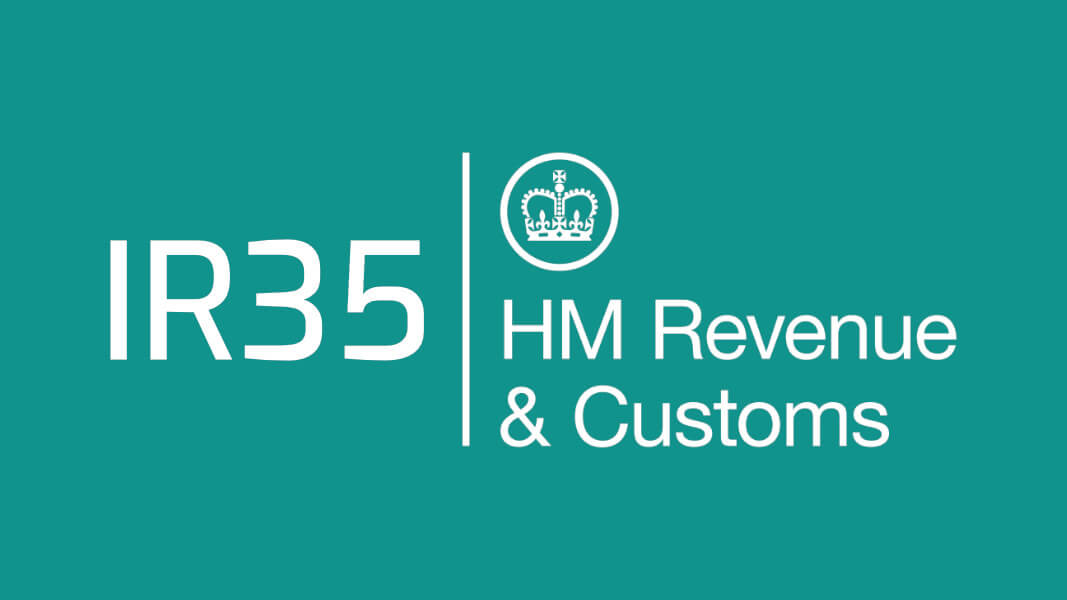It’s the end of year tax season! We’re here with a run-down on a couple of updates affecting your earnings in the new tax year, particularly regarding national insurance contributions and dividend tax changes due to come into effect from April 6th 2022.
These changes were announced as part of the government’s 2021 autumn budget to address funding gaps within the NHS and social care services and the impact of the coronavirus pandemic with a further tweak to national insurance thresholds following last week’s spring statement.
What does this mean?
From April 6th 2022, employers, employees and the self-employed will now pay an additional 1.25% more for national insurance. Any dividends will also be subject to a 1.25% increase.
Although the 1.25% increase will initially be introduced as a temporary increase in national insurance contributions from April 2022, it will be designated as a separate tax from April 2023 under a new Health and Social Care Levy banner. From April 2023, National Insurance contributions will be brought down to current levels.
In response to concerns over the cost of living crisis, the recent spring statement announced that national insurance thresholds would rise to £12,570 from July 6th 2022, meaning you will pay national insurance contributions on less of your overall earnings. This staggered approach from the government in implementing the higher threshold after the tax year starts to allow time for payroll software to accommodate these changes.
National insurance changes
|
Employee Class 1 NIC’s (Main/higher rate) |
Employer Class 1 NIC’s |
Self-employed Class 4 NIC’s (Main/higher rate) |
| 2021/22 rates |
12% / 2% |
13.8% |
9% / 2% |
| 2021/22 earnings/profits thresholds |
£9,568 per year |
£8,840 |
£9,568 |
| 2022/23 rates |
13.25% / 3.25% |
15.05% |
10.25% / 3.25% |
2022/23 earnings/profits thresholds
(6/4/2022 to 5/7/2022) |
£190 per week
£823 per month
£9,880 per year |
£175 per week
£758 per month
£9,100 per year |
£190 per week
£823 per month
£9,880 per year |
2022/23 earnings/profits thresholds
(6/7/2022 to 5/4/2023) |
£242 per week
£1,048 per month
£12,570 per year |
£175 per week
£758 per month
£9,100 per year |
£242 per week
£1,048 per month
£12,570 per year |
Dividend tax changes
|
Basic Rate |
Higher Rate |
Additional Rate |
| 2021/22 |
7.5% |
32.5% |
38.1% |
| 2022/23 |
8.75% |
33.75% |
39.35% |
How will it affect you?
National insurance is the tax paid by employees and the self-employed on earnings and profits above a certain threshold. Your national insurance contributions depend on your employment status and how much you earn.
Therefore, the impact of the upcoming changes will largely depend on how you freelance, whether you take on work on a PAYE basis (incl. through an umbrella), through your own limited company or as a sole trader.
PAYE freelancers
Employee NI contributions on your payslip will increase from 12% to 13.25%. Employer’s NI will also be going up from 13.08% to 15.05%, and how this will impact production budgets depends on the individual end client.
If you are employed via an umbrella company, please note that your assignment rate will be subject to a total increase of 2.5% to account for both employee and employer NI increases.
Limited company freelancers
You can earn £2,000 tax-free for any income from dividends. The rate basic taxpayers pay on income will rise from 7.5% to 8.75%; the upper rate becomes 33.75% (from 32.5%) and the additional rate 39.35% (from 38.1%).
Depending on the salary you pay yourself through your company, employee and employer’s class 1 national insurance in line with the latest thresholds will become due. These changes will also affect any inside IR35 payments subject to PAYE tax and national insurance.
Sole traders (if you are registered as one outside of your work with us)
Thresholds for self-employed people are set for the tax year as a whole. The 2022/23 Lower Profits Limit (LPL) for Class 4 NIC will be determined by apportioning £9,880 from April to July and £12,570 from July to the end of the year. The resultant figure is £11,908, above which Class 4 NIC will be payable on business profits (Source: APSCo).
The accrual of state pension benefits for self-employed people depends on paying Class 2 NIC (a weekly charge depending on how many weeks you are registered as a sole trader within the tax year). Those with profits between the Small Profits Threshold and the LPL will not be required to pay Class 2 NIC for 2022/23 but will still earn credit for the year (Source: APSCo).
We hope you found this summary useful. Managing taxes when self-employed can be a daunting affair, particularly when handling multiple income streams, and it is always best to seek advice from a tax professional/accountant. If you’re looking for clarity regarding rates and how agencies like us would process your work, don’t hesitate to contact a team member, and we will do our best to help!








